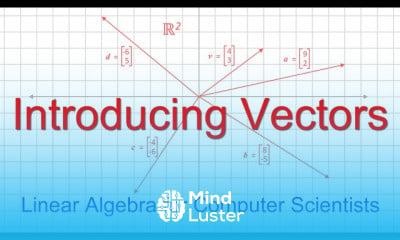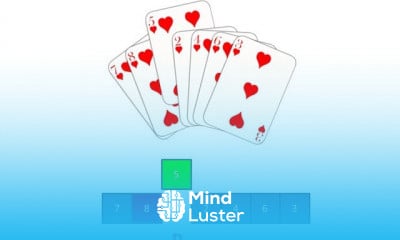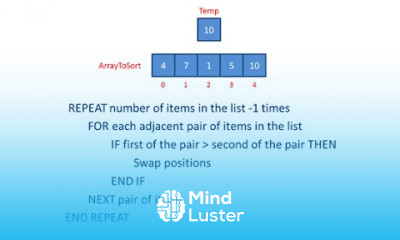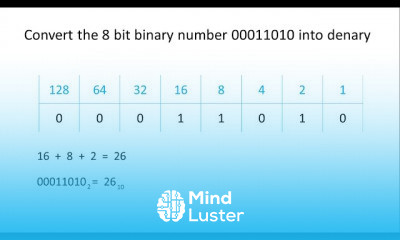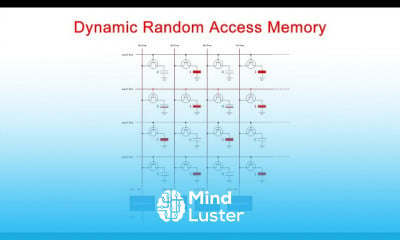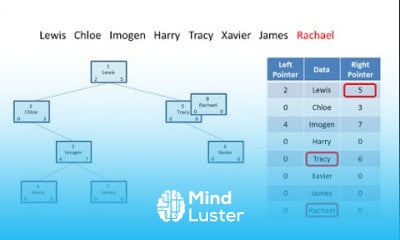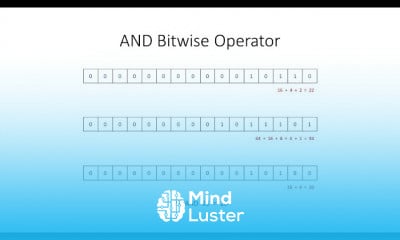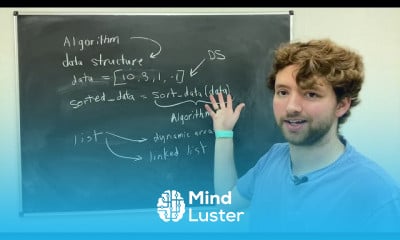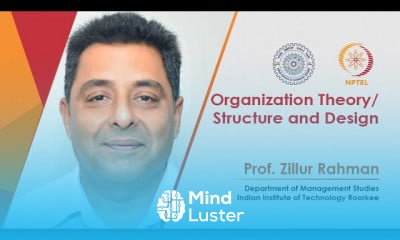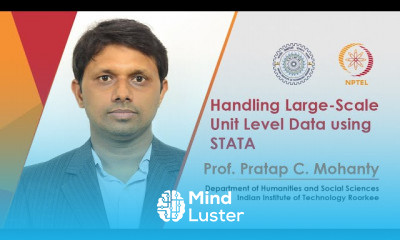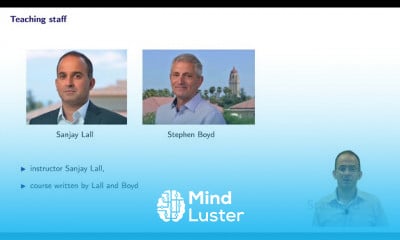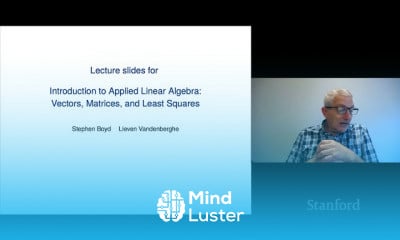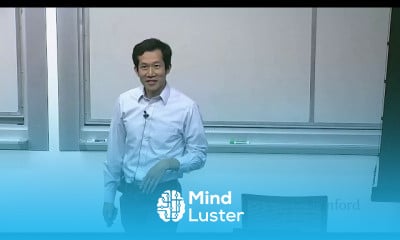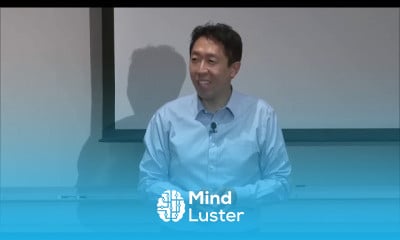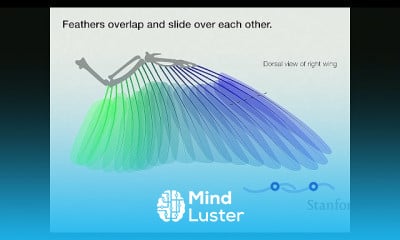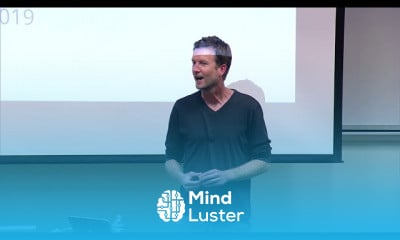Stanford CS234 Reinforcement Learning | Winter 2019 | Lecture 13 Fast Reinforcement Learning III
Share your inquiries now with community members
Click Here
Sign up Now
Lessons List | 15
Lesson
Comments
Related Courses in Computer Science
Course Description
Reinforcement learning (RL) is an area of machine learning concerned with how intelligent agents ought to take actions in an environment in order to maximize the notion of cumulative reward. Reinforcement learning is one of three basic machine learning paradigms, alongside supervised learning and unsupervised learning.What is reinforcement learning examples?
Summary: Reinforcement Learning is a Machine Learning method. ... Agent, State, Reward, Environment, Value function Model of the environment, Model based methods, are some important terms using in RL learning method. The example of reinforcement learning is your cat is an agent that is exposed to the environment.What is reinforcement learning theory?
The reinforcement learning theory is based on Markov decision processes, in which a combination of an action and a particular state of the environment entirely determines the probability of getting a particular amount of reward as well as how the state will change.What is reinforcement learning in simple words?
Reinforcement learning is an area of Machine Learning. It is about taking suitable action to maximize reward in a particular situation. It is employed by various software and machines to find the best possible behavior or path it should take in a specific situation.How does reinforced learning work?
Reinforcement learning is the process of running the agent through sequences of state-action pairs, observing the rewards that result, and adapting the predictions of the Q function to those rewards until it accurately predicts the best path for the agent to take. That prediction is known as a policy.
Trends
French
Graphic design tools for beginners
Artificial intelligence essentials
Formation efficace à l écoute de l
Essential english phrasal verbs
Build a profitable trading
MS Excel
Data Analytics Visualization Techniques
Printing student ID cards with excel tools
Electrical engineering for engineer
YouTube channel setup
Computer science careers
Python programming language
Excel skills for math and science
Build a tic tac Toe app in Xcode
Learning English Speaking
Magento Formation Français
Figma for UX UI design
English vocabulary with picture
Marketing basics for beginners
Recent
Growing ginger at home
Gardening basics
Ancient watering techniques
Grow mushrooms
Growing onions
Veggie growing
Bean growing at home
Growing radishes
Tomato growing at home
Shallot growing
Growing kale in plastic bottles
Recycling plastic barrel
Recycling plastic bottles
Grow portulaca grandiflora flower
Growing vegetables
Growing lemon tree
Eggplant eggplants at home
zucchini farming
watermelon farming in pallets
pineapple farming



